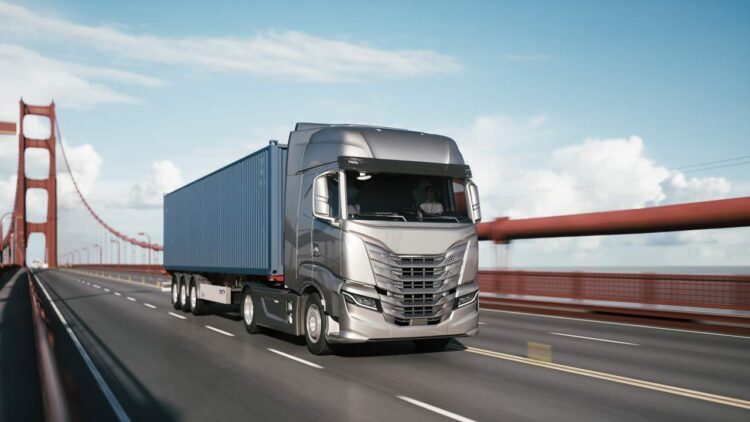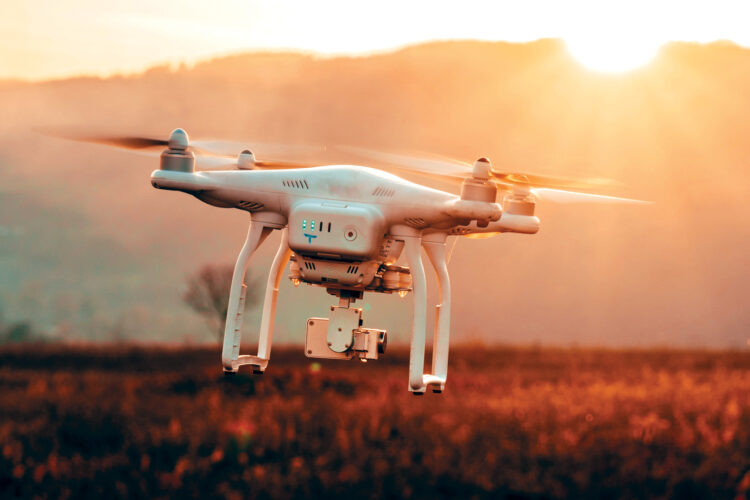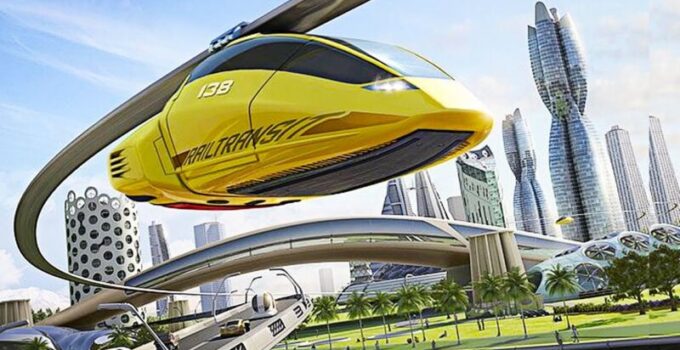The last two years went by under the strong influence of the global Covid-19 pandemic, which helped shape how the future of transportation will look like. If we just look at autonomous vehicles as an example for the future direction of transportation innovation, we can see why industry experts put high hopes on them. From complex in-built sensors and actuators to fast-reacting machine learning algorithms for object recognition and behaviour predictions, self-driving cars are estimated to reduce traffic congestion by 30% and traffic costs by 40% once.
Working in a bespoke software development company, I know that technology lies at the heart of 21st-century innovations. We at Dreamix specialize in building intelligent custom software solutions for transportation companies. In this fast-paced business environment, convenience, automation and service availability are of utmost importance, which is why our clients rely on us to develop transportation planning software, regulatory compliance solutions, automation of invoicing, etc. The pandemic has once again highlighted the importance of the transportation and mobility industry for vaccine distribution and delivery of essential goods.
In 2024, companies need to revise their business strategies and look to innovative opportunities that share the future of transportation in order to stay relevant. Let’s look at the transportation tech trends:
Page Contents
Future of Transportation: How Does it Look Like?
The International Transport Forum (ITF) looks at the current transportation developments on a global scale and makes predictions based on various scenarios regarding the climate goals, active policies and economic factors. In their most recent ITF Transport Outlook 2024, discussions revolve around the future of transportation. Estimations are that the passenger transport will increase 2,3 times, while the freight transportation will surge 2,6-fold. Some of the best options for transportation companies to react to the growing demand will be to adopt digitalisation that will help them shorten the supply chains and achieve more operational efficiency such as improved routing, logistics or private data handling.
We all know that transportation faces complex challenges, especially during post-pandemic recovery times. The following aspects will shape the transportation industry:
- Costs: New technologies and processes reduce operational costs;
- Quality: Digitalisation helps improve the quality of emerging and existing products;
- End- Customers: the preferences of end-customers have already changed as a result of the Covid-19 digitalisation wave;
- Regulations: New laws and regulations could change the working model due to stricter environmental regulations and new international laws. For example, Brexit and Covid-19 have hit the UK transportation and supply chain sector harder than expected;
- Access to Resources: Innovations require both financial and technological resources such as talent pool to build the right transportation planning software or regulatory compliance system.
Changes and Challenges in the Transportation Industry

Source: 1streporting.com
We observed some significant tech innovations across the global transportation industry before the Corona crisis, but the pandemic has accelerated everything. Some transport companies have focused on automation and digitisation and have already implemented processes that use new technologies such as Big Data and Artificial Intelligence (AI) on a large scale, e.g. in road traffic management, delay predictions, or even drone package deliveries. The reopening and slow recovery of European markets won’t erase the old challenges in the transportation industry per se but will surely introduce some new ones. For example, the numerous Covid lockdowns and Brexit have managed to shift consumer demands and consumer behaviour and accelerate the development of transportation technology.
As a direct result, many traditional businesses embraced digitalisation and provided online e-commerce services. Hardly anybody would be surprised that this surge in online shopping led to increased road traffic. This can be, partially or completely, eased through making more autonomous vehicles that will make all transport modes more accessible, cleaner and smarter. Currently, the European Union is investing in research and innovation in the AI sector, keeping in mind that this technology also comes with certain risks such as potential cyber-attacks, network security, private data, etc. Also, the EU supports digitalisation in the transportation industry that will alleviate much administrative work. Recent initiatives include harmonised digital reporting for ships, slowing down the logistics chain or AI-driven truck platooning, connecting multiple trucks with a single driver.
A Bright Tech-Driven Future for Transportation
Drones

Source: zizmall.com
The world’s largest package delivery companies are testing drones that will partially replace humans. Machines would deliver parcels right to the door, taking off from the roofs led by truck couriers. Thanks to drones, companies will save time and fuel and be able to reach inaccessible locations easier. In 2019, CVS Pharmacy and UPS successfully delivered the first prescription medicine using a drone. Currently, many more companies aim to popularise autonomous drone deliveries and make airfreight shipping more efficient and accessible.
Car Sharing
We live in a world where the trend to share (renting instead of buying) common goods is booming, and in the next years, we will observe more and more transportation businesses that offer car-sharing services. If you have any doubts about this business model, just think of AirBnB and its 2020 revenue of more than 3,3 billion USD. Moreover, car sharing is also trendy because most cars are eclectic, thus supporting the eco-friendly movement. With the right bespoke software development company as your partner to build your technical infrastructure and mobile applications, you can secure your competitive advantage.
Digital Check-Ins
Many of the biggest international airports are already equipped with modern self-check-in systems that allow passengers to quickly and easily pass through border control and security. However, one of the next steps that airline companies will dare has to do with automating cargo check-ins as well. Specially designed software will be able to recognise and register packages, provide dimension and content information and securely assemble unit load devices (UDL). This will help prevent cargo misplacements while reducing the overall delivery costs and the time drivers spend waiting in lines.





